Recommended sushi restaurants in Tottori, Japan
-

Miyome Netsugen Fish & Seafood Tottori Kitaguchi Branch
Sushi restaurant in Tottori [SUSHILIVE comment] -


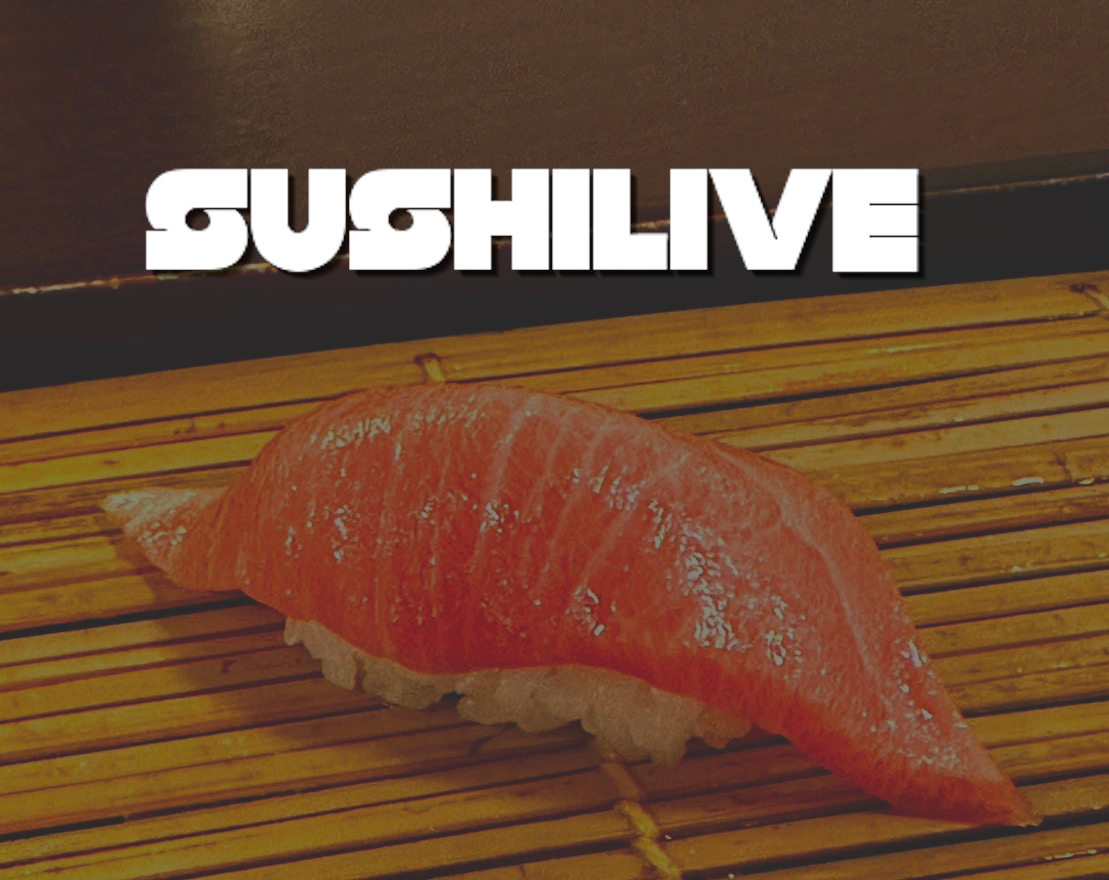
Hamazushi
Sushi restaurant in Tottori [SUSHILIVE comment] -


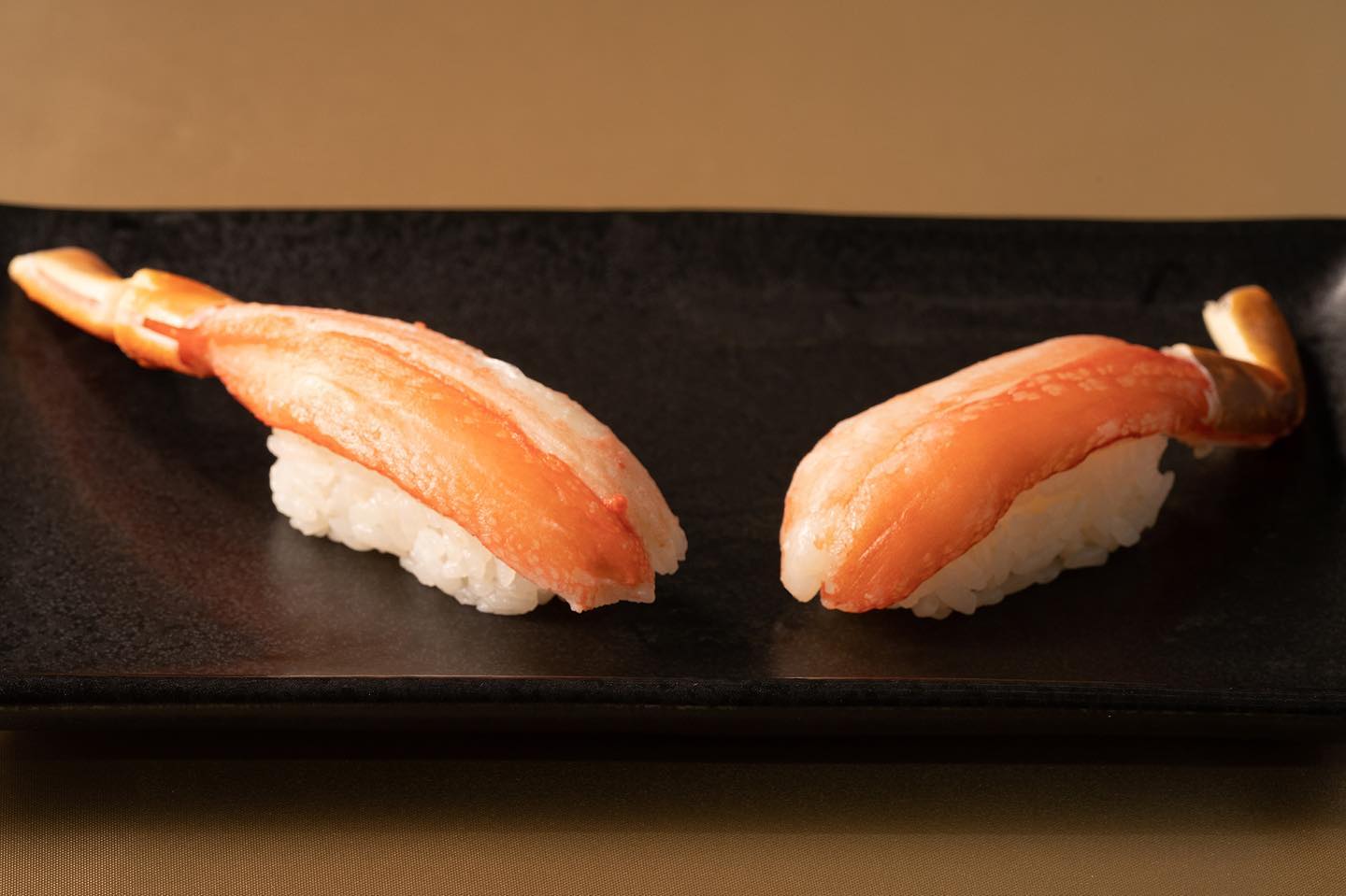
Kappa Sushi Tottori Yasunaga
Sushi restaurant in Tottori [SUSHILIVE comment] -



Muzoe Kurazushi Tottori Minami
Sushi restaurant in Tottori [SUSHILIVE comment] -



Sushi Izakaya Yataizushi Tottori Ekimae-cho
Sushi restaurant in Tottori [SUSHILIVE comment] -


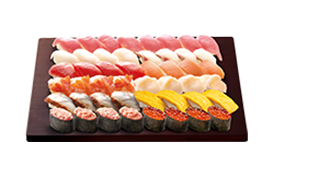
Hamazushi Tottori Chiyomizu Store
Sushi restaurant in Tottori [SUSHILIVE comment] -


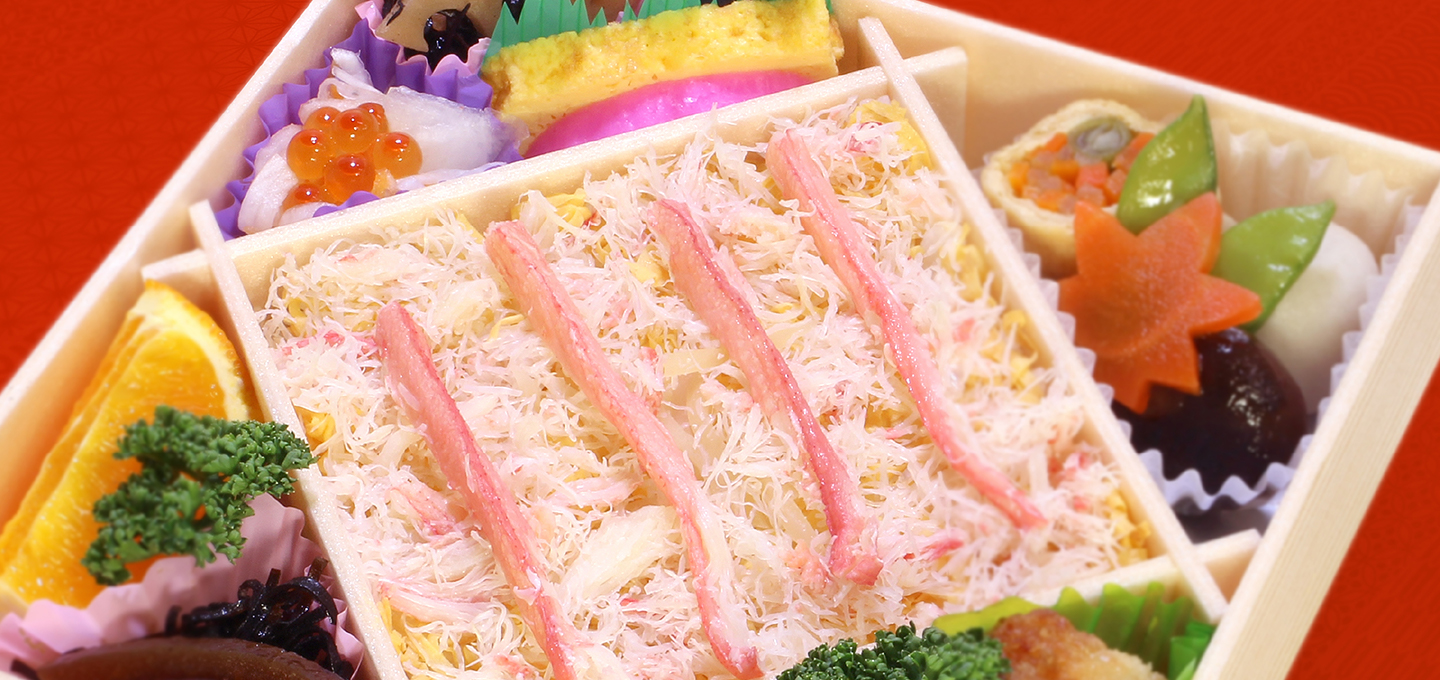
Abe Tottorido Head Office
Sushi restaurant in Tottori [SUSHILIVE comment] -



Sushiro Tottori Higashi Store
Sushi restaurant in Tottori [SUSHILIVE comment] -



Koso Sushi Yoshinari Branch
Sushi restaurant in Tottori [SUSHILIVE comment] -



Kosozushi Sugisaki Store
Sushi restaurant in Tottori [SUSHILIVE comment] -



Iara Sushi
Sushi restaurant in Tottori [SUSHILIVE comment] -


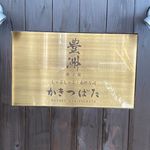
Oriental pompano
Sushi restaurant in Tottori [SUSHILIVE comment] -



type of sushi with a variety ingredients sprinkled on the rice
Sushi restaurant in Tottori [SUSHILIVE comment] -



Kaiten Sushi Hokkaido Kozan
Sushi restaurant in Tottori [SUSHILIVE comment] -



rice ball wrapped in pickled leaf mustard greens
Sushi restaurant in Tottori [SUSHILIVE comment] -



Kaiten Sushi Hokkaido Ekinan Branch
Sushi restaurant in Tottori [SUSHILIVE comment] -



Tiny sushi shop
Sushi restaurant in Tottori [SUSHILIVE comment] -



Suehiro Kotobushi
Sushi restaurant in Tottori [SUSHILIVE comment] -



Tsuneten
Sushi restaurant in Tottori [SUSHILIVE comment] -



house of ill repute
Sushi restaurant in Tottori [SUSHILIVE comment] -



Sushi, Edokichi
Sushi restaurant in Tottori [SUSHILIVE comment] -



Wing Wah
Sushi restaurant in Tottori [SUSHILIVE comment] -



Sushimasa Maruyoshi Department Store
Sushi restaurant in Tottori [SUSHILIVE comment] -



Yoshitake Sushi Restaurant
Sushi restaurant in Tottori [SUSHILIVE comment] -



Sushi Creation Dining Fish
Sushi restaurant in Tottori [SUSHILIVE comment] -



Sushi Consistency
Sushi restaurant in Tottori [SUSHILIVE comment] -



loading material
Sushi restaurant in Tottori [SUSHILIVE comment] -


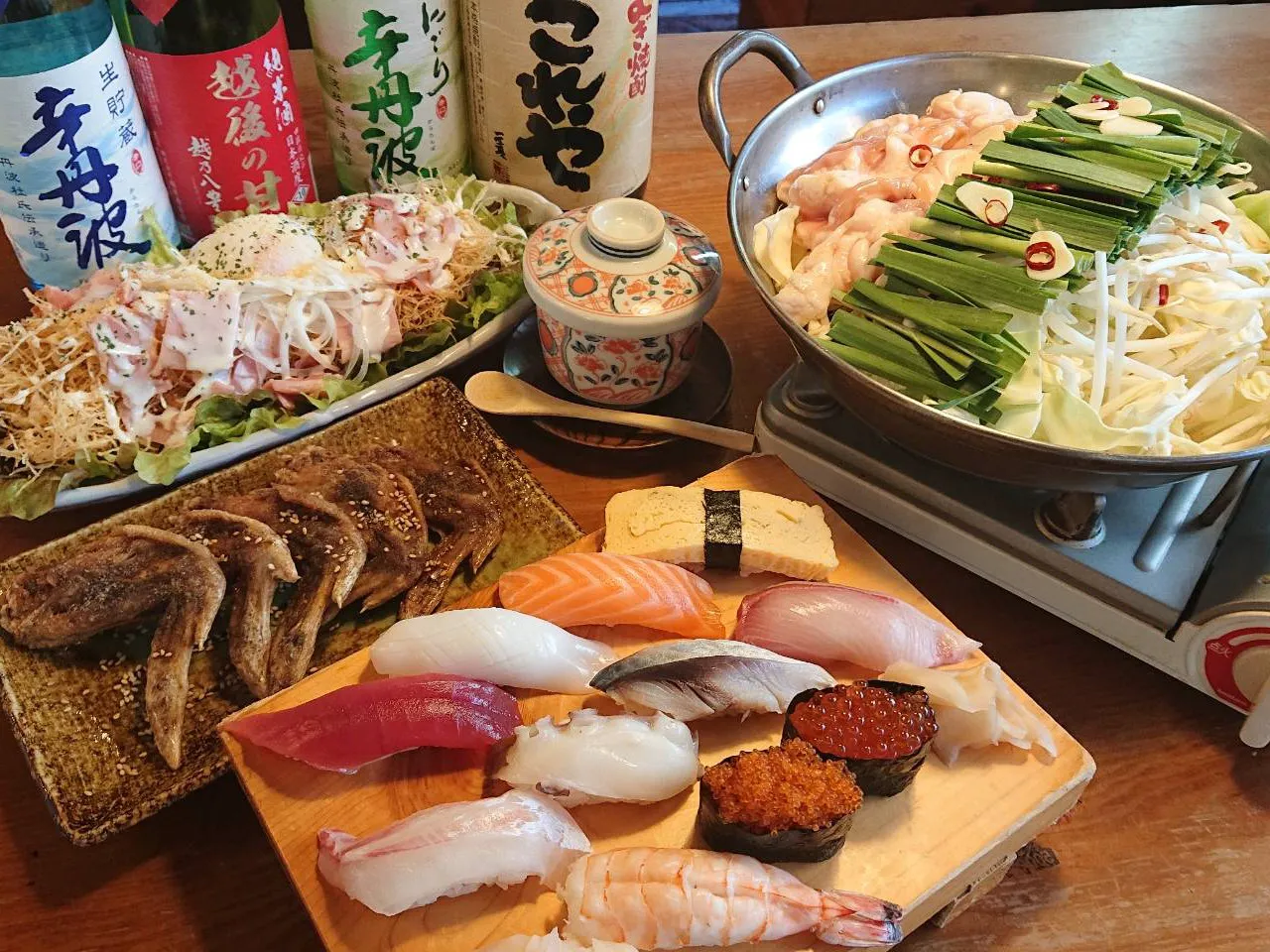
Sushi bar Yadai-zushi Suehiro Onsen-cho
Sushi restaurant in Tottori [SUSHILIVE comment] -



sushi silver
Sushi restaurant in Tottori [SUSHILIVE comment] -



round carpenter's square
Sushi restaurant in Tottori [SUSHILIVE comment]
Recommended conveyor belt sushi restaurants in Tottori, Japan
-



Kura Sushi rice store
Sushi restaurant in Tottori [SUSHILIVE comment] -



Kura Sushi Nitori Tottori Minami
Sushi restaurant in Tottori [SUSHILIVE comment] -


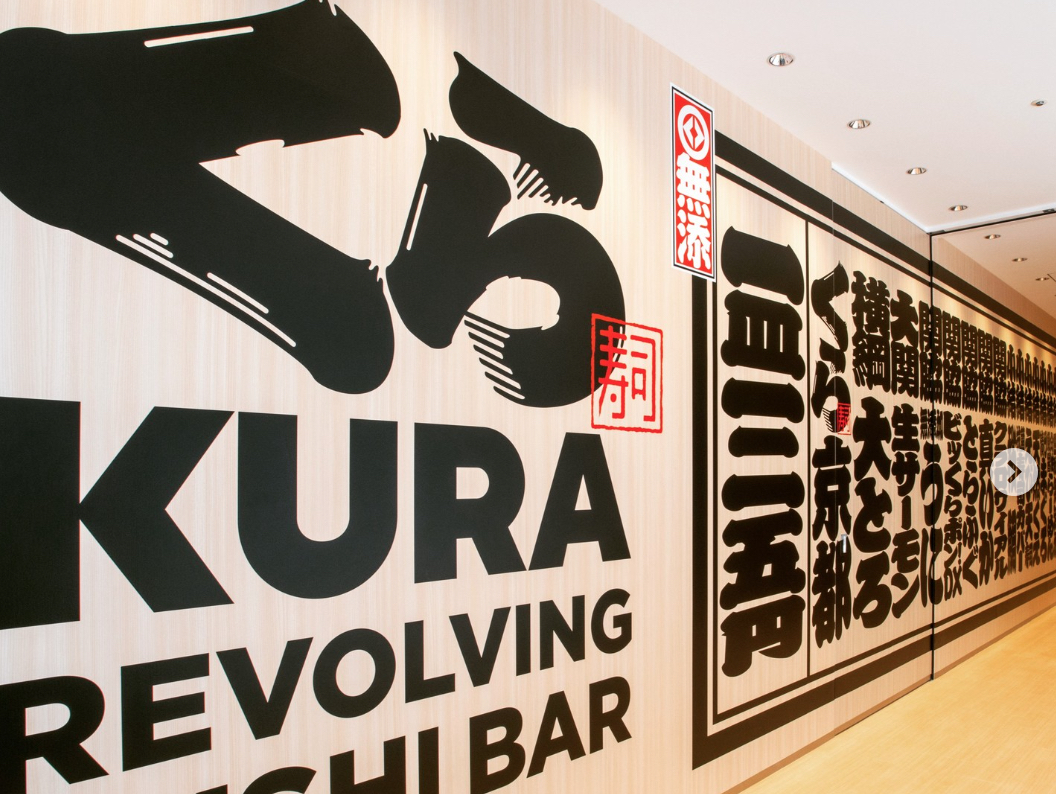
Kura Sushi Tottori Trinity Mall
Sushi restaurant in Tottori [SUSHILIVE comment] -


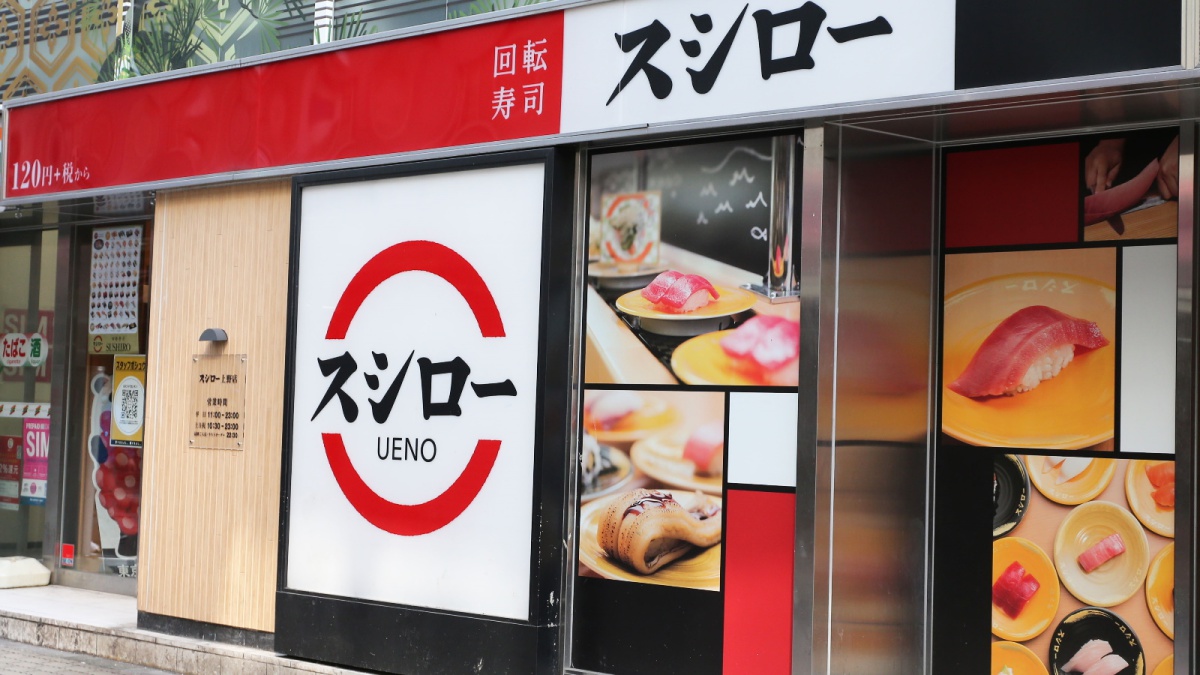
Sushiro millet
Sushi restaurant in Tottori [SUSHILIVE comment] -


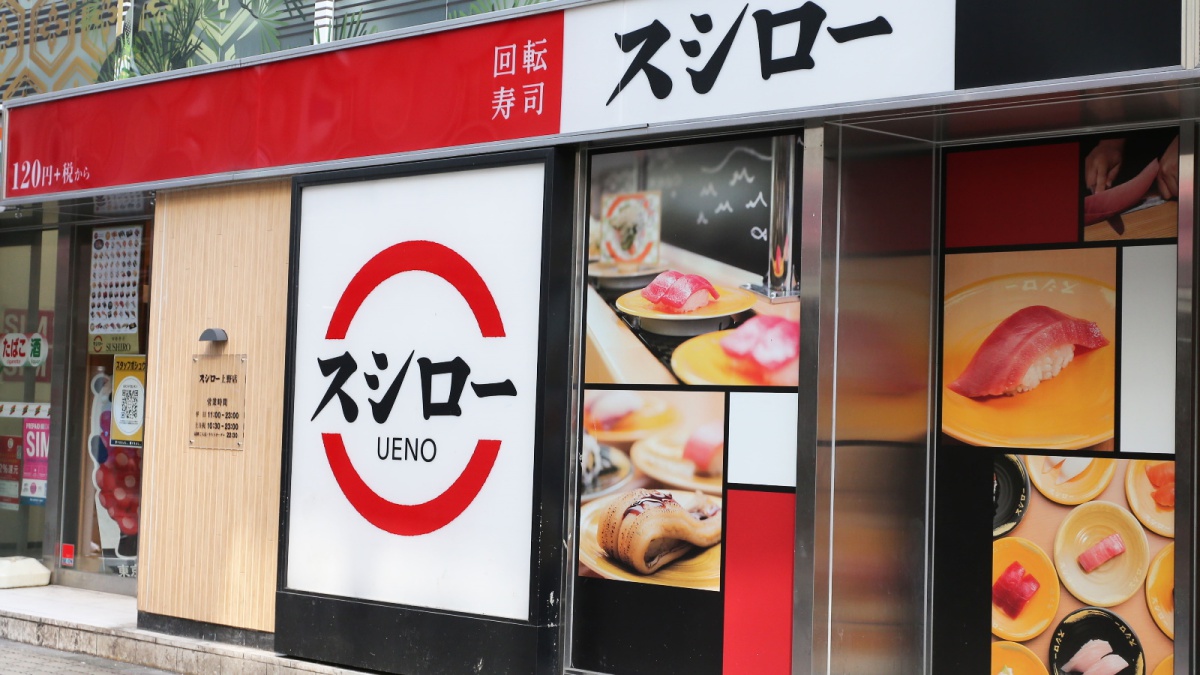
Sushiro Tottori Higashi
Sushi restaurant in Tottori [SUSHILIVE comment] -



Sushiro Kurayoshi
Sushi restaurant in Tottori [SUSHILIVE comment] -


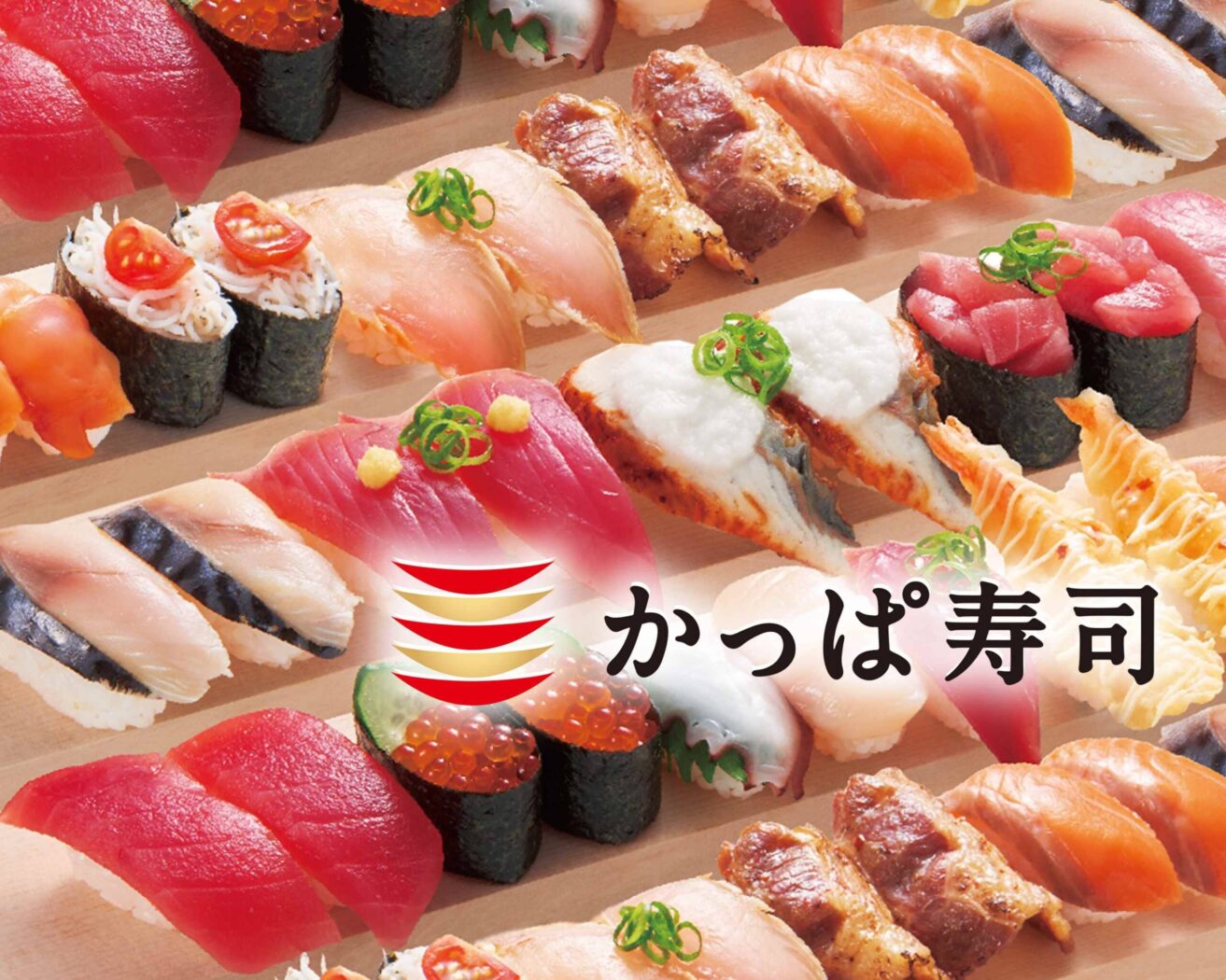
Kappa sushi Nitori Kurayoshi
Sushi restaurant in Tottori [SUSHILIVE comment] -



Kappa sushi Nitori Tottori Yasunaga
Sushi restaurant in Tottori [SUSHILIVE comment] -


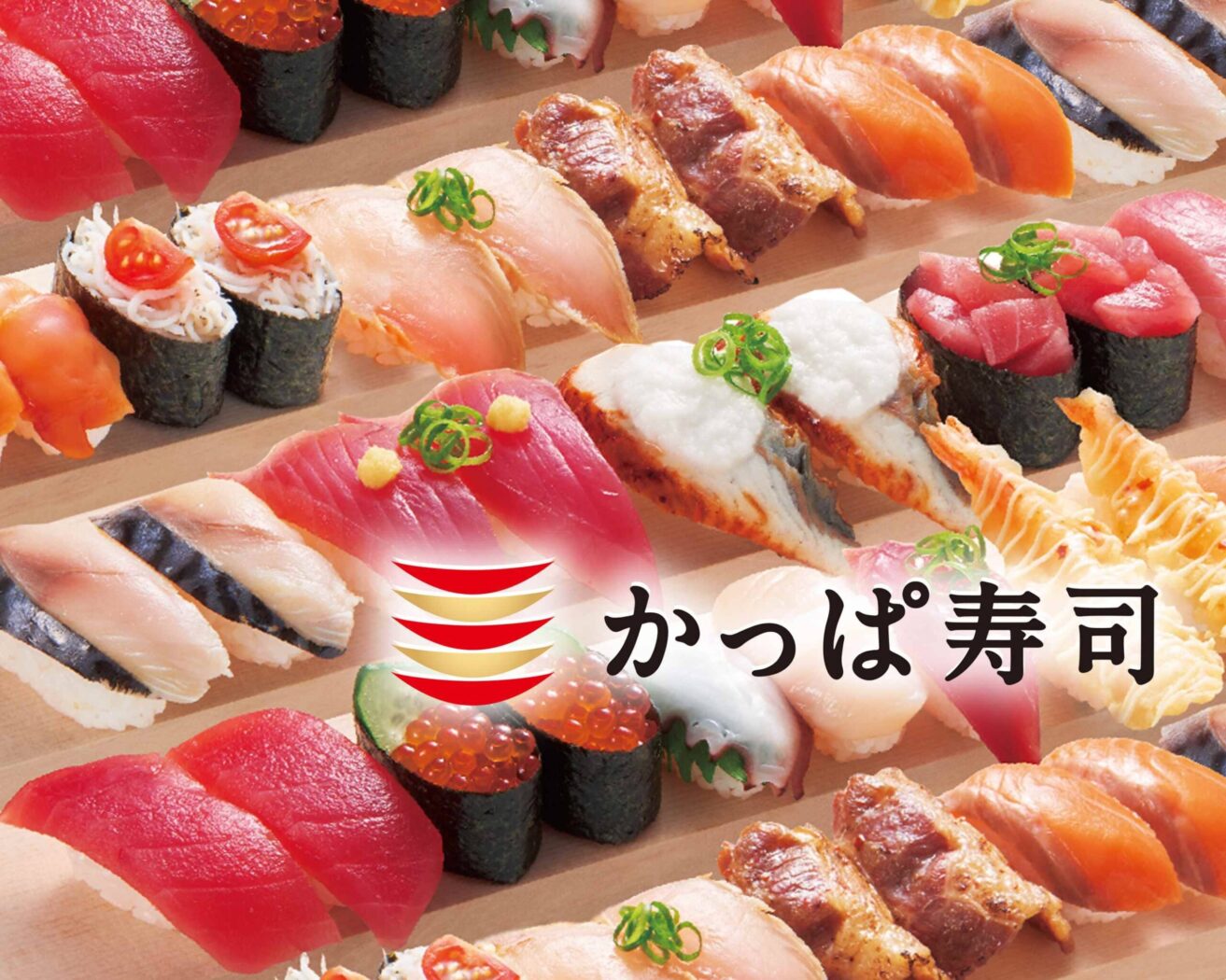
Kappa sushi rice store
Sushi restaurant in Tottori [SUSHILIVE comment]
Characteristics of Tottori’s Cuisine
Tottori: A Hidden Gem in the San’in Region, Where Nature and History Weave Simple Charms
Tottori Prefecture, located in the northwestern part of the Chugoku region, faces the Sea of Japan and is part of the San’in region. Its geography, comprising mountainous areas and coastal regions, fosters a diverse natural environment and nurtures rich food resources. With a population of about 570,000, it is one of the smaller prefectures nationwide, facing challenges such as population decline and advancing aging.
The economy is centered around primary industries. In agriculture, branded products like the 20th-century pear and Matsuba crab are famous. The fishing industry sees a haul of fresh seafood from the Sea of Japan.
Recently, tourism has also become a key industry, with abundant tourist resources such as the Tottori Sand Dunes, Mt. Daisen’s natural landscapes, historical views like the Uradome Coast, and hot springs. Tottori Prefecture aims to revitalize the region by leveraging its rich natural and historical cultural assets.
Local Cuisine Utilizing Mountain and Sea Bounty
Tottori’s local cuisine features simple flavors that make the most of the bounty from the mountains and the sea. There’s an abundance of dishes using fresh seafood from the Sea of Japan. Famous examples include “seafood bowls,” “simmered flounder,” and “nodoguro” (blackthroat seaperch). In the mountainous areas, dishes rich in mushrooms and wild vegetables are prevalent, with “tofu rice” and “dondoroke rice” being representative. Other unique local dishes include “20th-century pear sushi” and “Matsuba crab hot pot.” Tottori’s local cuisine can be enjoyed not only at home but also in restaurants and pubs. When visiting Tottori, do not miss the opportunity to savor these authentic flavors.
A Culinary Culture Nurtured by Rich Nature and History
Tottori’s food culture, influenced by history and culture such as the Edo-period “pressed sushi” tradition and “beef bone ramen” born from interactions with the Chugoku region, continues to thrive. In recent years, while preserving traditional food culture, new ingredients and cooking methods have been introduced. Tottori’s cuisine, nurtured by its rich nature and historical culture, is diverse and appealing. Why not visit Tottori and experience its food culture firsthand?
Tottori and Its Deep Connection to Sushi
Tottori has a long-standing deep connection with sushi. The “pressed sushi” culture, dating back to the Edo period, is a beloved part of Tottori’s food culture. Pressed sushi, made by compacting sushi rice and ingredients in a wooden mold, was prized by fishermen for its preservability. Recently, unique pressed sushi like “20th-century pear sushi” and “Matsuba crab sushi” have gained popularity. Tottori is also renowned for its seafood dishes like “seafood bowls” and “simmered flounder,” made with fresh catches from the Sea of Japan. Enjoying these dishes along with sushi is highly recommended. Recently, sushi-related tourism events have been held, such as the “Tottori 20th-Century Pear Sushi Fair” and the “Matsuba Crab Sushi Festival,” where you can enjoy sushi made with Tottori’s seasonal ingredients. Tottori offers not only a taste of sushi’s historical culture but also new ways to enjoy sushi. When visiting, be sure to indulge in Tottori’s sushi culture.
Tottori’s Diverse Specialty Products
Tottori boasts a variety of specialty products nurtured by its rich natural environment and historical culture. From the representative 20th-century pear, known for its large size, strong sweetness, and juicy flesh, to Matsuba crab, a luxurious winter delicacy from the Sea of Japan known for its large, flavorful meat. Other specialties include the transparent and sweet “white squid,” the luxurious “nodoguro” (blackthroat seaperch) known as the “red jewel” of the sea, and dairy products from Daisen Dairy, made with fresh milk from cows raised in Tottori Prefecture’s Daisen. Other notable products include Tottori Wagyu, 20th-century pear juice, Matsuba crab crackers, white squid somen noodles, dried nodoguro, and Daisen Dairy butter, among many others.
Challenges and Future Initiatives for Tottori
Tottori faces challenges such as population decline and aging. To overcome these challenges, Tottori Prefecture is focusing on initiatives such as promoting agriculture, forestry, and fisheries, and attracting tourists. In agriculture, there’s a focus on expanding the production of branded products like 20th-century pears and Matsuba crab, as well as supporting new farmers. In tourism, efforts are concentrated on attracting visitors by utilizing natural landscapes like the Tottori Sand Dunes and Mt. Daisen, historical landscapes like the Uradome Coast, and hot springs. Tottori Prefecture is also engaged in various initiatives aimed at regional revitalization, such as promoting migration and settlement, supporting entrepreneurship, and local revitalization efforts. Tottori aims to overcome its challenges and become an attractive region leveraging its rich natural and historical cultural assets.
In Summary
Tottori’s cuisine, nurtured by its rich nature and historical culture, is diverse and appealing. Why not visit Tottori and experience its food culture firsthand?


